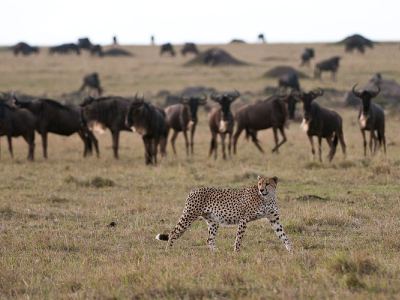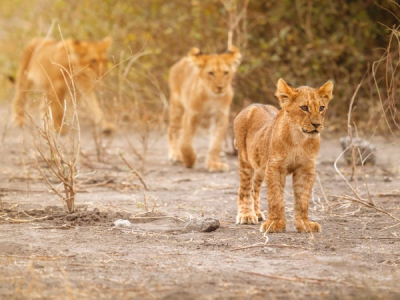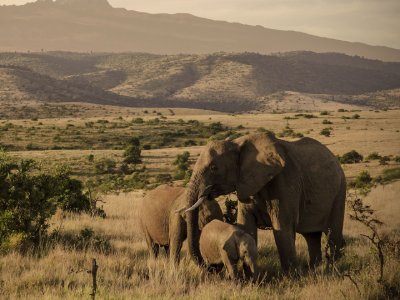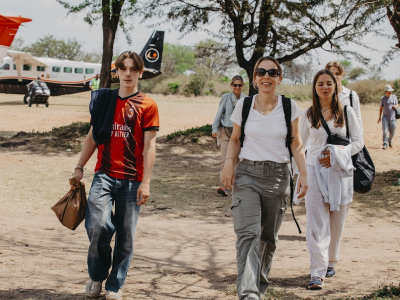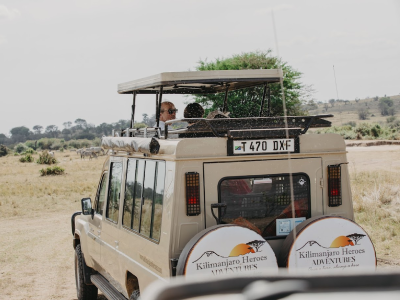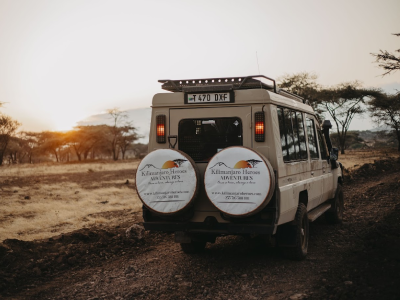All About
Maasai Mara National Reserve
THE CRADLE OF INCREDIBLE JOURNEYS AND TIMELESS MIGRATIONS
Nature’s Grandeur, Unfiltered And Alive
Experiencing the Maasai Mara National Reserve is similar to entering the heavenly melody of nature. Some of Africa’s most majestic animals call this famous reserve home, and the scenery there is legendary. Everything seems like a live documentary, from lions sneaking across the golden plains to elephants meandering majestically.
The cultural richness of the Maasai Mara is almost as impressive as the wildlife. The reserve, which is named after the local Maasai people, exhibits the perfect balance between conservatism and tradition. If you’re looking for a safari like no other, you absolutely must see it.
The Story Behind Maasai Mara
In addition to being a sanctuary for animals, the Maasai Mara is a cultural and environmental marvel. Established in 1961, this nature preserve has since grown from its initial 520 square kilometers to its current 1,510 square kilometers. Conservation of animals and the needs of the indigenous Maasai community were considered throughout its establishment.
Encircled by Serengeti National Park to the south, the reserve was named after the Maasai people and the word “Mara,” which means “spotted” because of the landscape’s speckled appearance. Even now, it’s a living, breathing illustration of how humans and the environment can get along.


